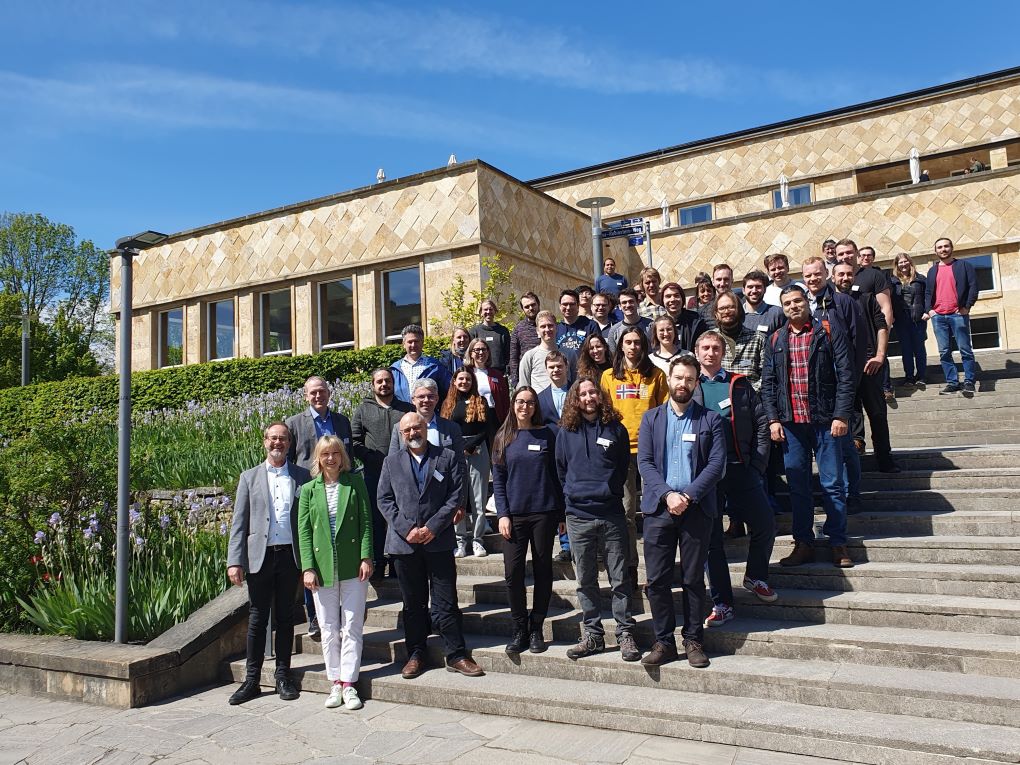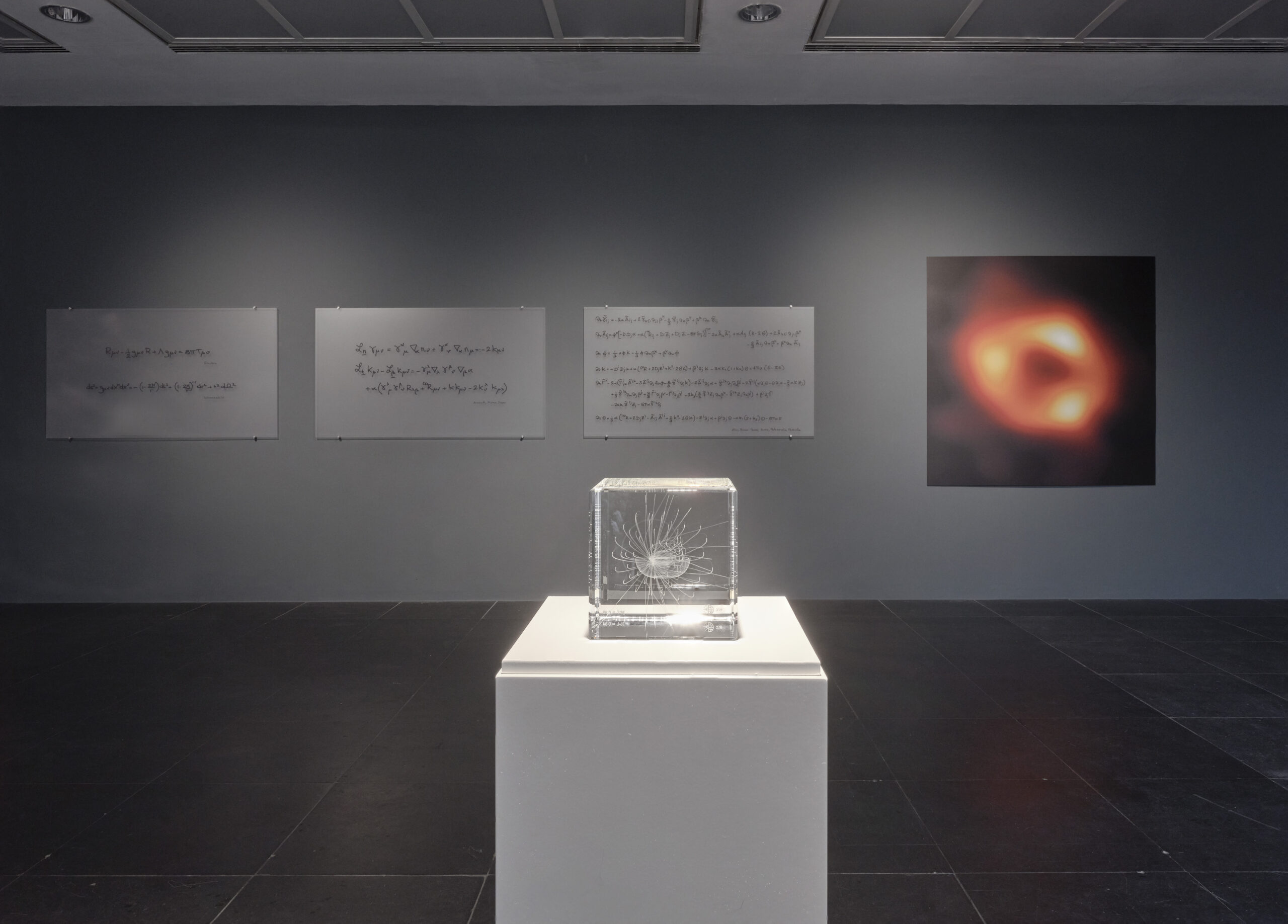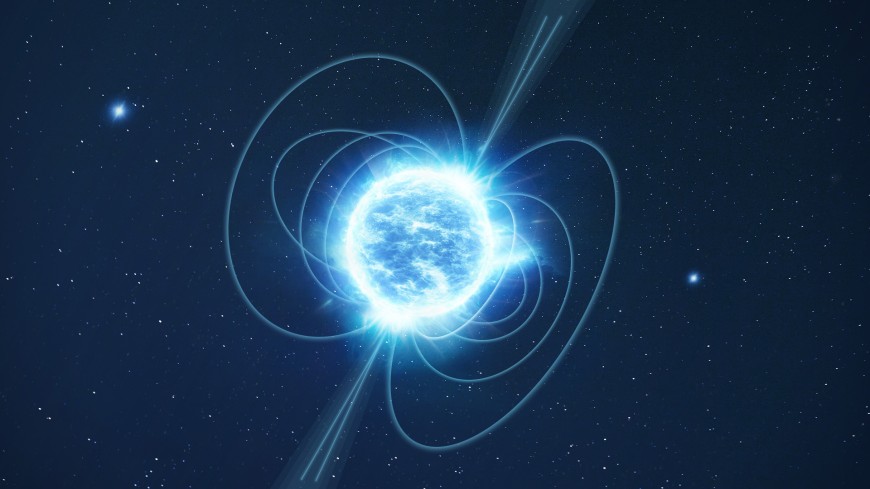Successful experiment at TU Darmstadt
At Technische Universität Darmstadt, the world’s first operation of a multi-turn superconducting linear accelerator with significant energy recovery succeeded. The experiment at the university’s electron linear accelerator (S-DALINAC) proved that a substantial saving of accelerator power is possible.
Complex facilities for accelerating electrically charged particles are of prime importance for basic research in physics and for technological applications. The development of facilities with higher beam currents and improved beam quality, which is necessary for many fields of research, is meeting technological and economic limits.
A way out is offered by the concept of an energy-recovering linear accelerator (ERL) – in which the energy, remaining in the beam after scientific or technical usage, is recovered and immediately utilized to accelerate further particles. ERL technology can be exploited in an economically viable and ecologically responsible way to provide electron beams of the highest energy and intensity. This is exactly what is needed for future research – for example, in the field of particle physics at the European research center CERN, but also to drive innovations in medicine and industry.
A milestone
Therefore, the recent successful demonstration at the TU Darmstadt is a milestone: for the first time, a superconducting electron linear accelerator was successfully operated in a multi-turn energy-recovery mode with demonstrated significant saving of acceleration power. The electron beam was accelerated in two sequential passes through the main accelerator to a velocity of 99.99 percent of the speed of light at the interaction point, and then decelerated to the original injection energy in two further passes through the main accelerator.
Beam currents of up to 8 microamperes at energies of up to 41 megaelectronvolts were achieved. The subsequent deceleration stored the unused kinetic energy of the beam in the accelerator structures and thereby saved more than 80 percent of the required acceleration power.

The research team was able to overcome technical challenges during operation, such as “relativistic phase-slippage” due to slightly different velocities of the individual beams on their acceleration and deceleration paths.
Research in the field of multiple-recirculating ERLs is funded by the German Research Foundation in the “AccelencE” Research Training Group and by the Hessian Ministry of Higher Education, Research, Science and the Arts as part of the “ELEMENTS” cluster project.
acc/feu







